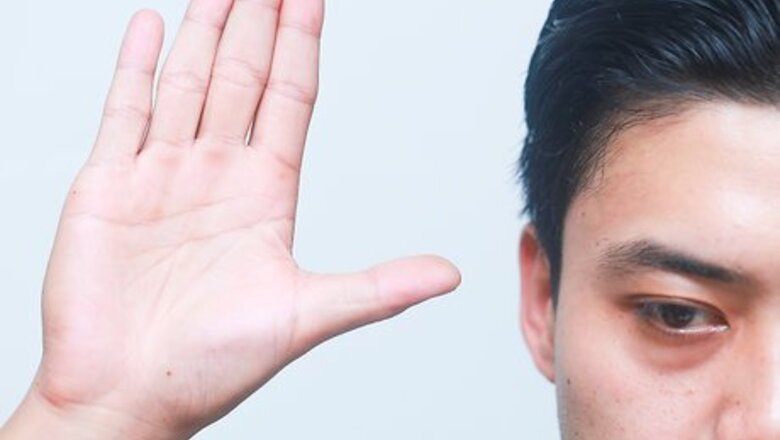
views
Introducing Yourself in ASL
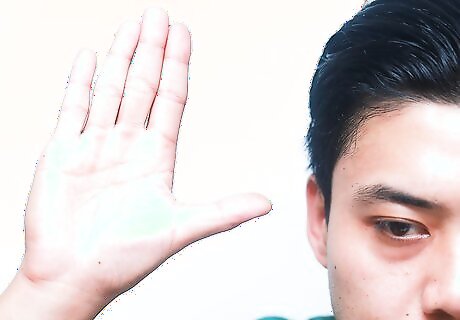
Sign "Hi." Make a closed "5" hand shape (open palm, fingers together). Put your thumb on the side of your forehead and slightly pull away, in a small "salute." Alternatively, just wave in a small motion near your head.

Sign "My." place your hand on your chest, near the center. Do not pat your chest. Some people prefer to point instead, touching the index finger to the breastbone. Both signs are used, although this signs tend to mean "me."
Sign "Name." Extend your index and middle fingers with the rest of your fingers folded down, as though you were fingerspelling U. Turn them on their side, so the index finger is on top. Place the fingers of your dominant hand on top of the fingers of your other hand, tapping lightly twice. This should form a sort of X shape, flat in front of you.

Fingerspell your name. Now fingerspell your name. Keep your hand in a steady position in front of you. Fingerspell at a steady rate; it's more important to move smoothly than quickly. Pause briefly between words if you are signing your full name. If your name contains two identical letters in a row (such as the O's in spoon), "open" and "close" your hand to repeat the letter. For letters that cannot be easily repeated (such as the m's in Emma), instead move your hand a short distance to the side for the second letter, without changing the hand shape. Or, bounce it "on top" of the preceding letter.
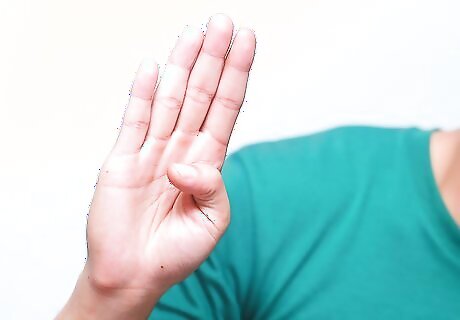
Put it together. Practice this again in a smooth motion: "Hi, my name _____." Keep the words in exactly this order. There is no verb "to be" in ASL. (was, is, were, being, been...) Don't try to fingerspell "is" into the sentence.

Add body language to show emotion. Body and facial expressions are extremely important to ASL. Signing without adjusting your face and posture is like speaking in a monotone, and makes it much harder to hold a conversation with you. When you're signing your name, try to look welcoming. Put on a small smile and open your eyes a tad wider. By the time you sign "MY", your head should be slightly cocked with understanding. Make eye contact with the person you're signing with.

Insert your name sign (optional). Name signs, discussed below, are not necessary for introductions. If you are being formally introduced, you'll typically stick with the fingerspelling. A name sign may come later, in a more casual setting. However, if you are being introduced casually, for instance by a close mutual friend, you might change the introduction to "Hi, my name (finger spelled name), (name sign)."
Earning a Name Sign in ASL

Start with fingerspelling. At this point, since you don't have a name sign, you can introduce yourself by fingerspelling your spoken name. First, learn how to fingerspell the ASL alphabet from this wikiHow article, online videos, or a Deaf contact. Spelling your name is as simple as signing each letter in turn. Practice until you can sign it at a steady pace, holding your hand in the same position in front of you. Signed languages are not based on alphabets, so spelling most words (signs) is not important. Fingerspelling is useful for situations like this, when you need to introduce a proper noun (your name) that doesn't have a sign. If your name is short and easy to fingerspell, this might be your permanent name.
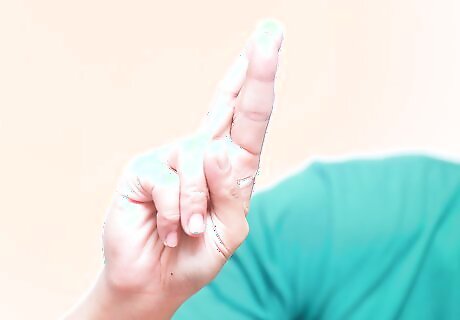
Learn about name signs. Your "name sign" is a special word invented for you personally. There's no such thing as a translation of an English name into a name sign. Instead, it's up to Deaf signers to invent a name for you, when they feel you are part of the community. Here are a few patterns that name signs tend to follow. The arbitrary name sign: One common way to create a name sign is to form one hand into the fingerspelled letter that begins your name. Tap this letter a couple times against a specific spot on your body, usually your forehead, cheek, chin, shoulder, or chest. Alternatively, move your hand between two nearby locations, or move it back and forth in "neutral space" a short distance in front of your chest.Say Your Name in Sign Language Step 11 Version 2.jpg There's no reason to choose one spot over another, which is why this type of name sign is called "arbitrary." The descriptive name sign: These name signs reference a characteristic, usually an obvious, physical one. For instance, you could sweep your hand along a scar on your face, or twirl your fingers down past your neck to refer to your long hair. Novice signers often prefer these to arbitrary signs because they seem more fun. However, it's even more difficult to make one of these up on your own. Signed languages use a visual grammar that limits hand shape, location, and movement. Unless you've taken courses in ASL or practiced it for a long time, the name you make up might not look like a word at all.Say Your Name in Sign Language Step 12 Version 2.jpg The hybrid name sign: There's a third and final type of name sign: a sign that refers to a physical characteristic, but uses the hand shape for the first letter of your name. Although this is common in many Deaf circles, some people see this as a modern, hearing introduction that doesn't fit in the traditional naming system. It's entirely possible that a Deaf person eventually gives you a hybrid name. Trying to invent one of these yourself could come across as annoying or rude, even more so than inventing a different type of name.Say Your Name in Sign Language Step 13 Version 2.jpg
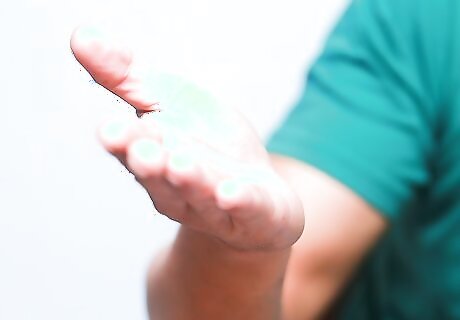
Allow Deaf people to name you whenever possible--don't make up your own name sign. When a prominent Deaf adult gives you a name sign, she has decided you are a part of the Deaf community. This is a major moment for a non-native signer, and in many circles it can take years of friendship to happen. Even if you aren't convinced by this argument, there are several risks to inventing your own name sign: You might use a hand shape or motion that's difficult to follow, or breaks grammar rules. ("Hi, my name is Zzxqbub.") You might invent a sign that looks like a rude word. A local signer might already be using that name sign. Your name sign might look like the name of a prominent person. (Imagine a foreigner trying to adopt the name Martin Luther King.) It also goes against Deaf culture for a Hearing person to create their own name sign.
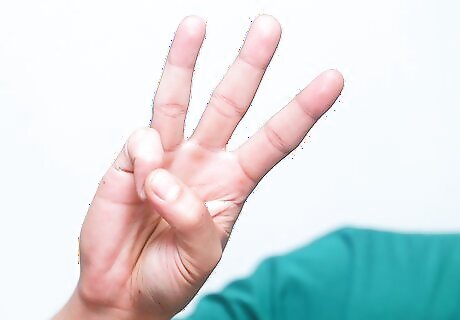
Watch names change and multiply. If you learn ASL and get to know experienced signers, you might notice people referred to by multiple name signs. This usually happens when they receive a name sign from several different communities. Over time, a name sign might shift in location or hand shape to keep it apart from a similar name, make it faster to sign, or remove a reference that's become embarrassing or irrelevant.












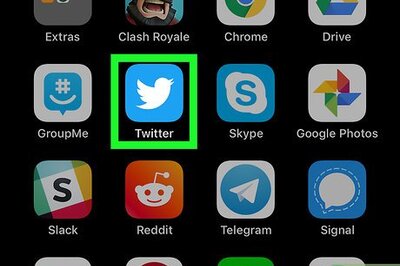





Comments
0 comment